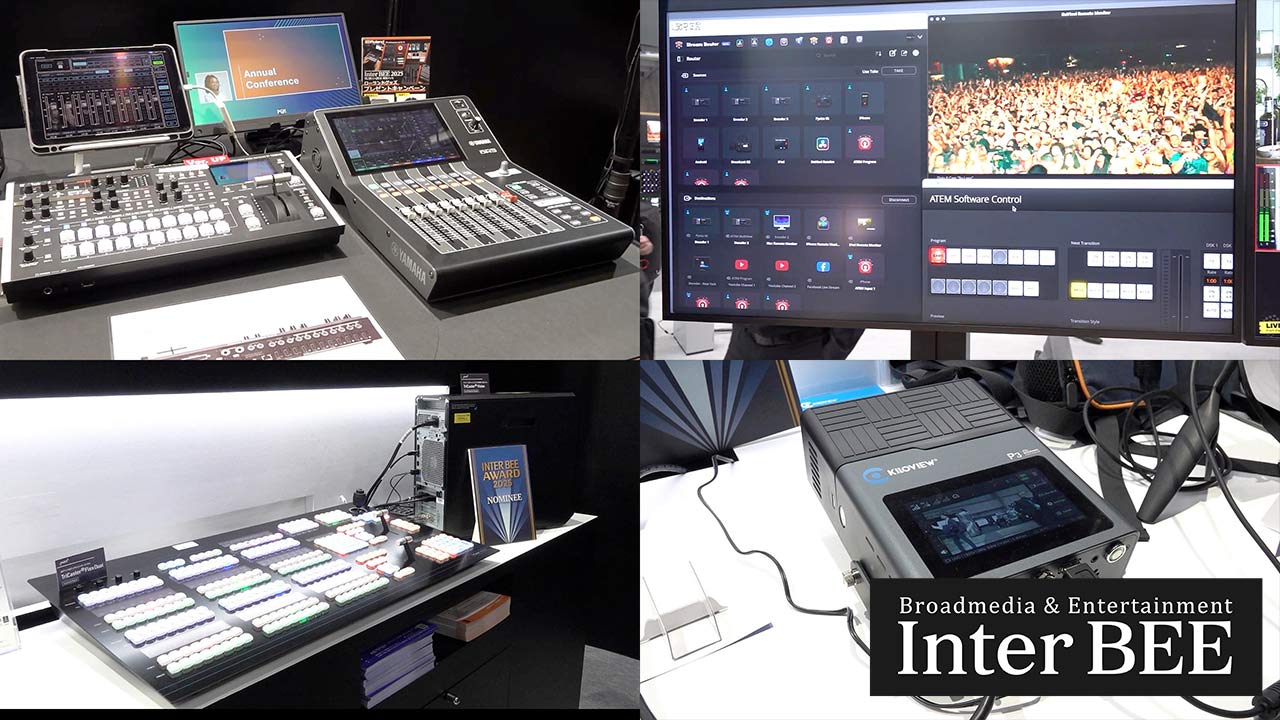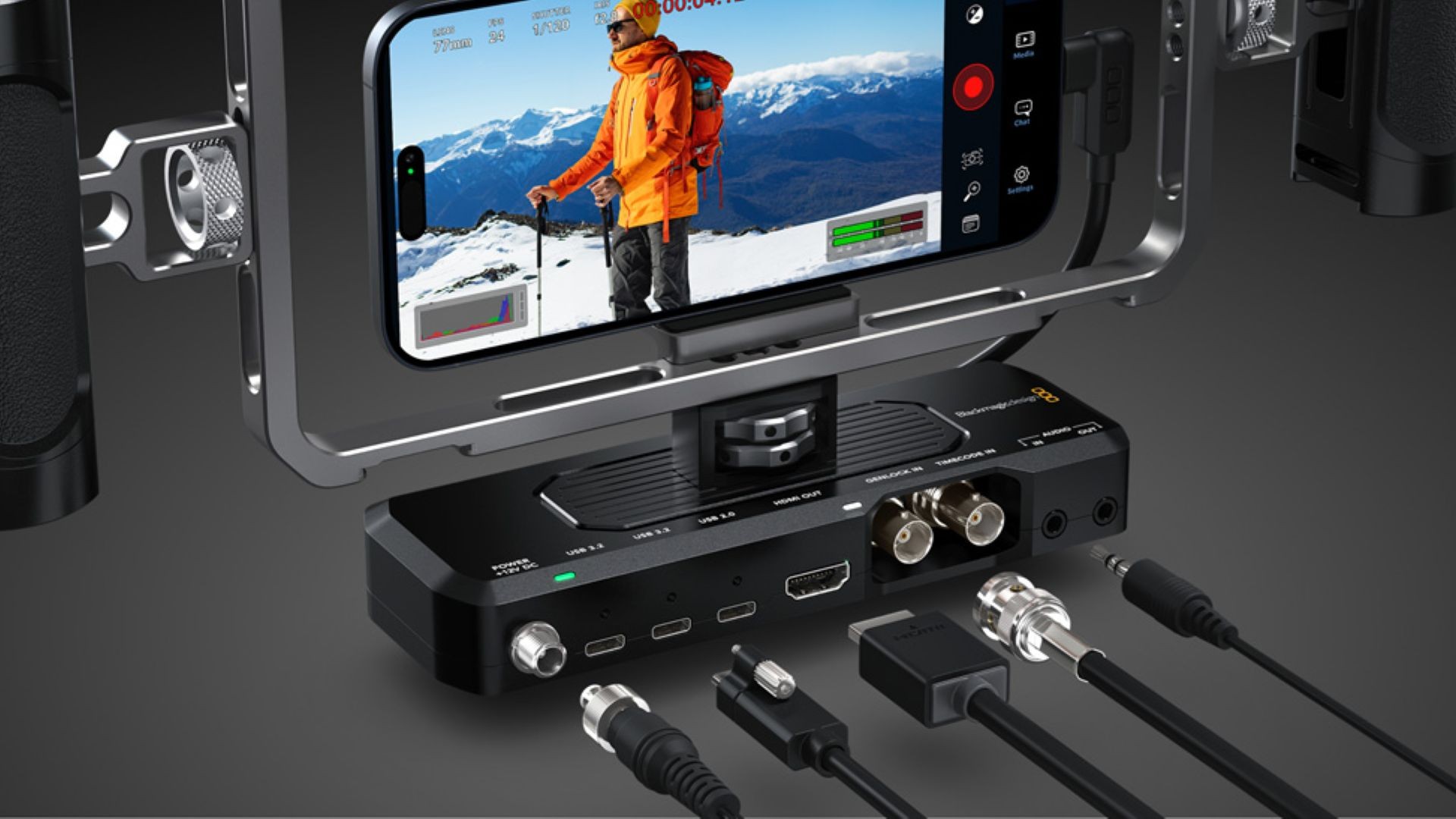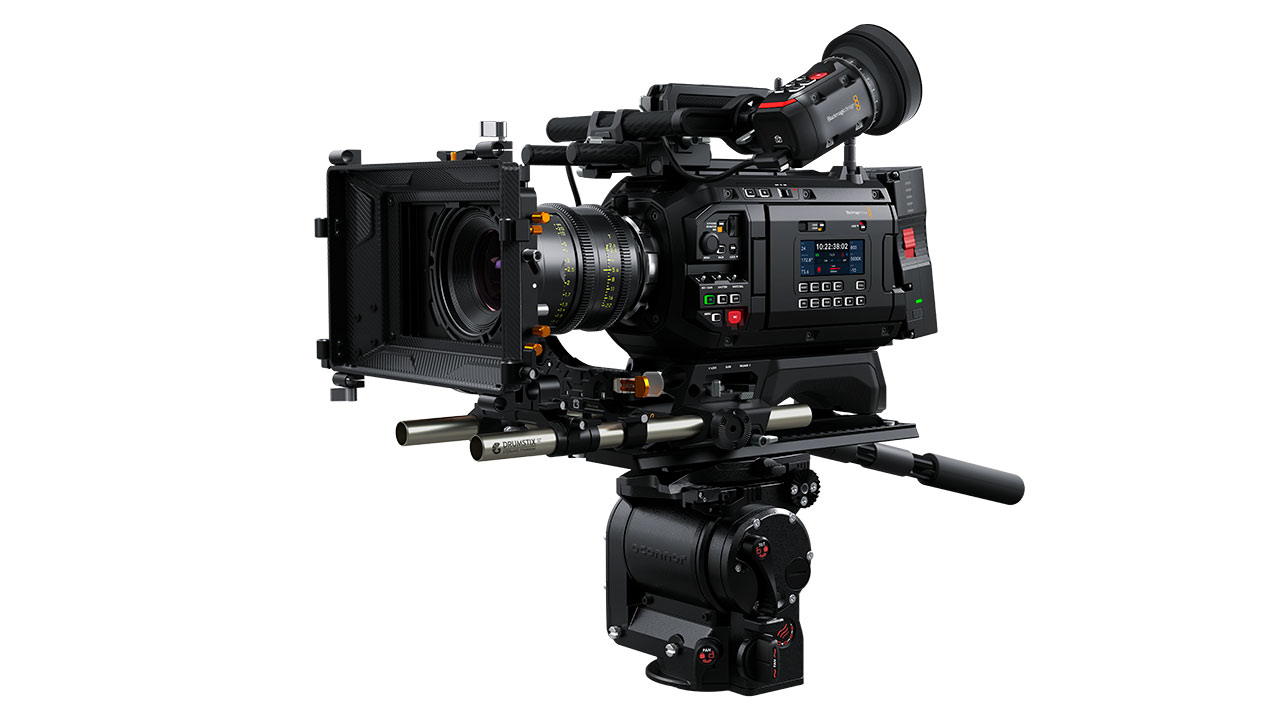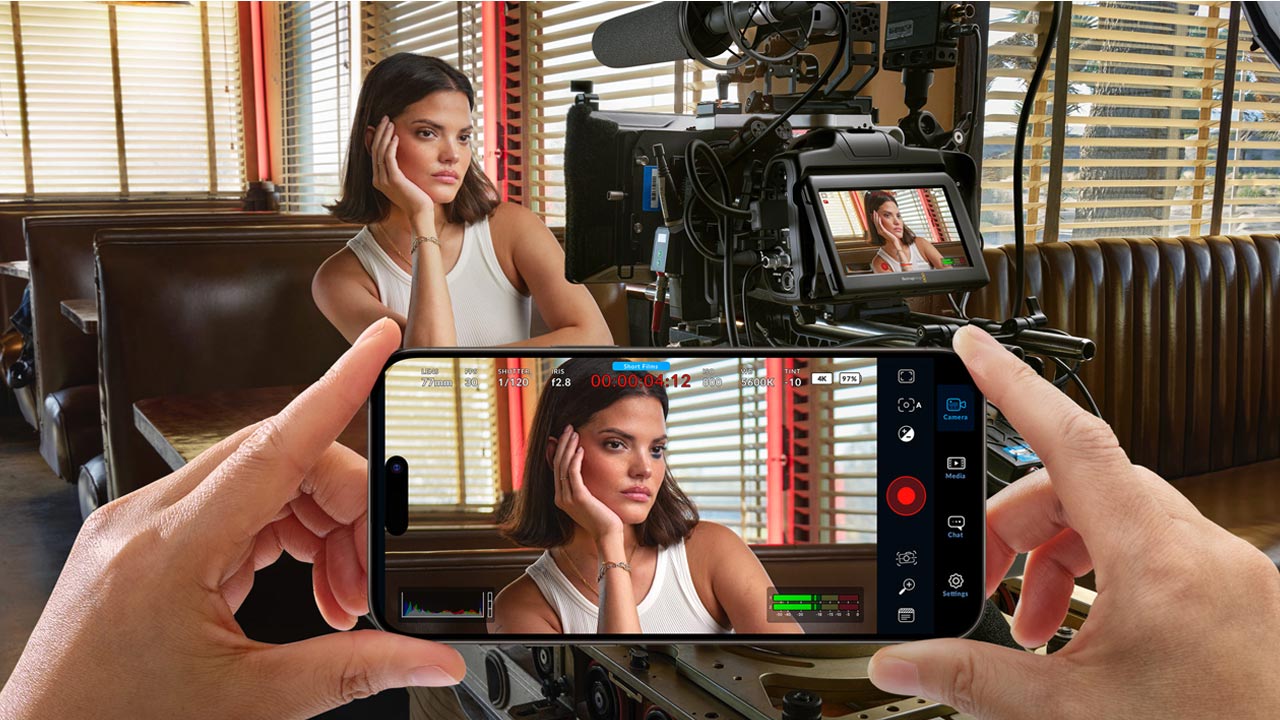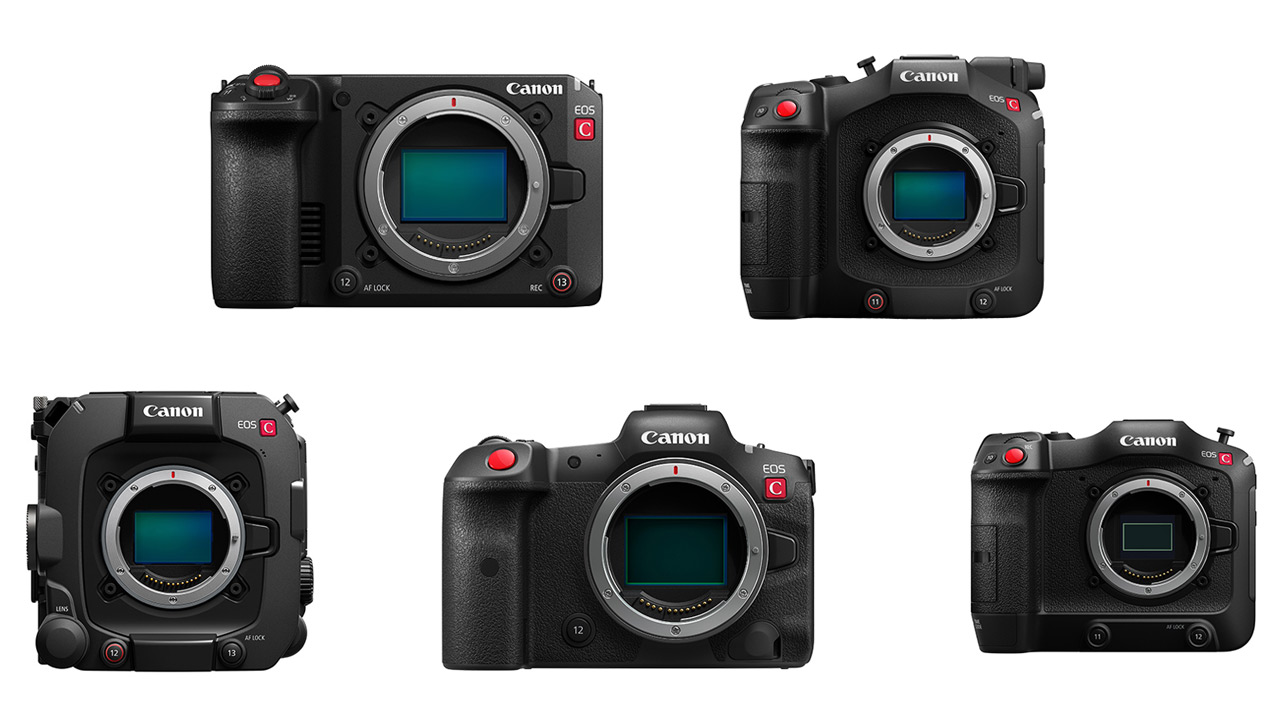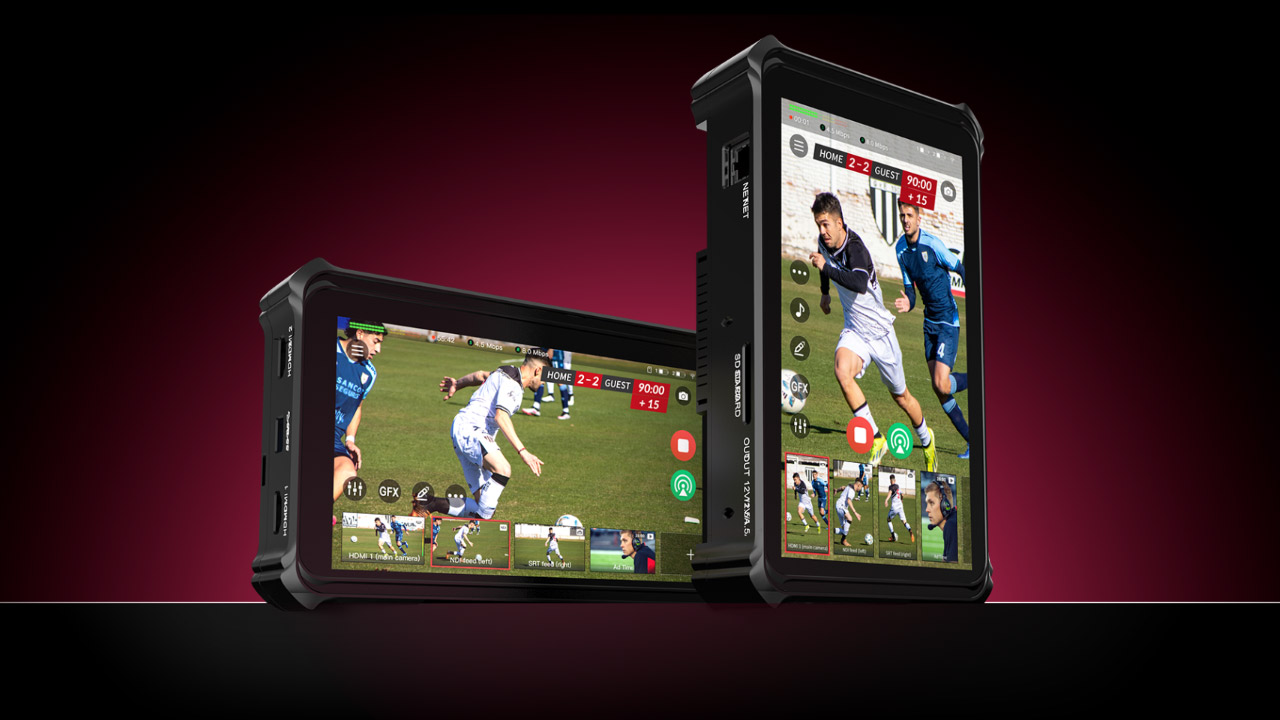
Blackmagic Design announced that The Game, a drama series about tabletop RPG games, was shot using Blackmagic Design cameras and edited and color graded using DaVinci Resolve Studio.
The film follows Brandon, a gamer who has been a fan of tabletop RPG games since he was 15 years old. When Brandon finds out that his girlfriend is cheating on him with his brother, he closes her heart and places an ad on Craigslist looking for an RPG game buddy to help ease her loneliness. The result was a group of five weirdos. Conceived by Matt Curtin and Lauren Hennig and directed by Amanda Sonnenshain, the game is a mix of real-world and in-game fantasy worlds.
The Game | Official Trailer(2022)
During the early stages of pre-production, Sonnenschein contacted cinematographer Merlin Showalter to begin discussions on the visual side of the series.
Sonnenschein: Since this film is a unique combination of one-camera comedy and fantasy narrative, we thought it was very important to apply a unique visual style to each.
To distinguish between the two worlds, the fantasy scenes used an anamorphic lens and a 2.35:1 aspect ratio, while the real world used a spherical lens and was shot like a comedy show with a single camera.

Showalter needed a camera that could quickly convert from a spherical lens to an anamorphic lens.
Showalter: We decided to shoot with the Blackmagic URSA Mini Pro 4.6K G2 because of its versatility and high image quality.
As with many things, the speed at which you change from one setup to another is important for camera crews. The URSA Mini Pro 4.6K G2 has interchangeable lenses and mounts, so I was able to switch lenses in a short amount of time. The intuitive user interface also allowed me to apply adjustments on the fly.
Sonnenschein says the Blackmagic URSA Mini Pro 4.6K G2 digital film camera helped him tell the story.
Sonnenschein: For the opening scene of the pilot, we wanted to show the characters fighting over the game table in slow motion.
As the game master Brandon’s stunned look pulls the zoom, one of the players drops all the dice on the board to the floor. The resolution and frame rate of the URSA Mini Pro 4.6K G2 allowed us to shoot at 96fps, which gave the scene an exaggerated and comic effect. This slow motion is one of my favorite shots from this project so far!
For Showalter, storage of camera original footage was important, so Blackmagic RAW was used for the shoot.
Showalter: We were looking for maximum image quality while also considering data management and post-production.
The ability to switch from fixed quality to constant bitrate helps you shoot where it’s difficult to switch cards on location, and when you need to get the most out of your camera, such as for VFX shots. Having the flexibility to switch easily helped.
Shooting in Blackmagic RAW also gave us the most flexibility in color grading and allowed us to maximize the power of DaVinci Resolve.

Sonnenschein, who used DaVinci Resolve Studio’s editing features for the first time during the pilot edit, said the ease of transitioning from other software is another benefit of DaVinci Resolve.
Sonnenschein: This was my first time editing with Resolve and the transition was very easy.
The editing interface is very straightforward. “The Game” is a comedy, so the timing of the cuts needs sub-second accuracy. Cutting in such milliseconds didn’t make Resolve a painful task, and I was able to work comfortably. The smooth transition to Resolve allowed me to emphasize the interesting takes more and edit in a way that made it clear that real-world events were happening at the same time as the fantasy world.
Colorist Todd Lacamp said he was happy to be a part of the project. Sonnenshain worked with Showalter on the early stages of pre-production and sent the style guide to Raycamp, who then graded the pilot in DaVinci Resolve Studio.
Laycamp: It’s been really fun creating looks that complement each other while still being able to distinguish different worlds.
During the grading, we changed the saturation to distinguish between the real world and the game world, and also adjusted the brightness of certain scenes, such as shots taken in slow motion.
Sonnenschein: Todd [Laycamp] brightened up these high-speed shots to match them with other shots on the bar. This allowed for frequent use of fast and normal frame rate shooting.
Laykamp: The look of the bar scene has the characters moving around the table and being seen at different angles, so we used a lot of secondary windows to help keep skin tones and brightness consistent. I was. I also tracked the surface of the table as much as possible, as it was in direct lighting and distracting from the actors’ performances.
For the bar scene, I wanted it to be dark to show that it was nighttime, so I dimmed the background and concentrated on showing that the light was coming from overhead rather than from windows or outside. .

The fantasy sequences, effects and VFX presented Raycamp with many challenges.
Laykamp: We went with a distinct look, but by keeping the same node structure as the bar, we made sure everything matched up and still had a sense of grandeur.
For the VFX shot of the fantasy sequence, we used a lot of Power Windows to isolate the image and focus the viewer’s attention on the castle and the dragon. This allowed us to better match VFX shots with live-action fantasy worlds.
Showalter says he likes scenes with complex camera movements the most.
Showalter: I love the shot of Brandon being shocked as what should be a fun game spirals into chaos.
I set up the camera to zoom out at the same time that Dolly was pulled back so that the frame unfolded from Brandon’s face. This allowed us to shoot shots where the other characters were making a big fuss and gradually came into view.
Amanda and I took cues from old Caravaggio paintings and shot the scenes at high frame rates with the URSA Mini Pro G2 to create a stylized, bombastic feel. After a few takes and rehearsals, we finally got the shots we wanted. It makes me smile with satisfaction every time I watch this sequence.
The pilot is now available on YouTube at @thegameseries . Stay up to date with The Game at @thegame_series on TikTok, Instagram and Twitter, and @thegameseries on TikTok .


